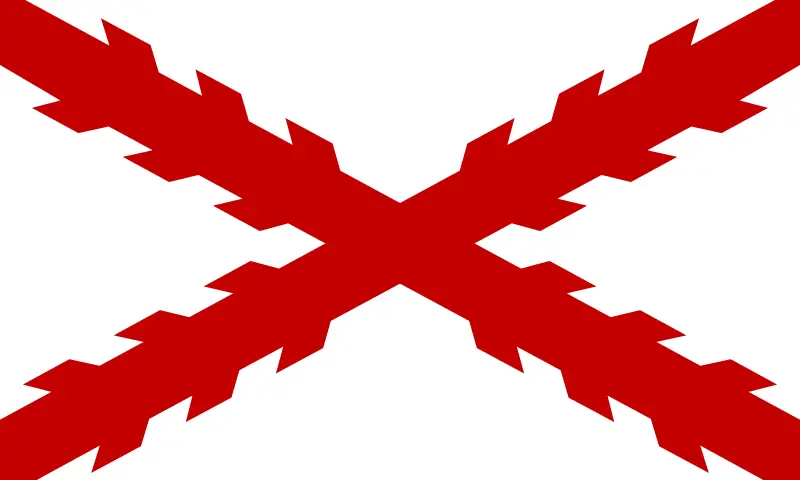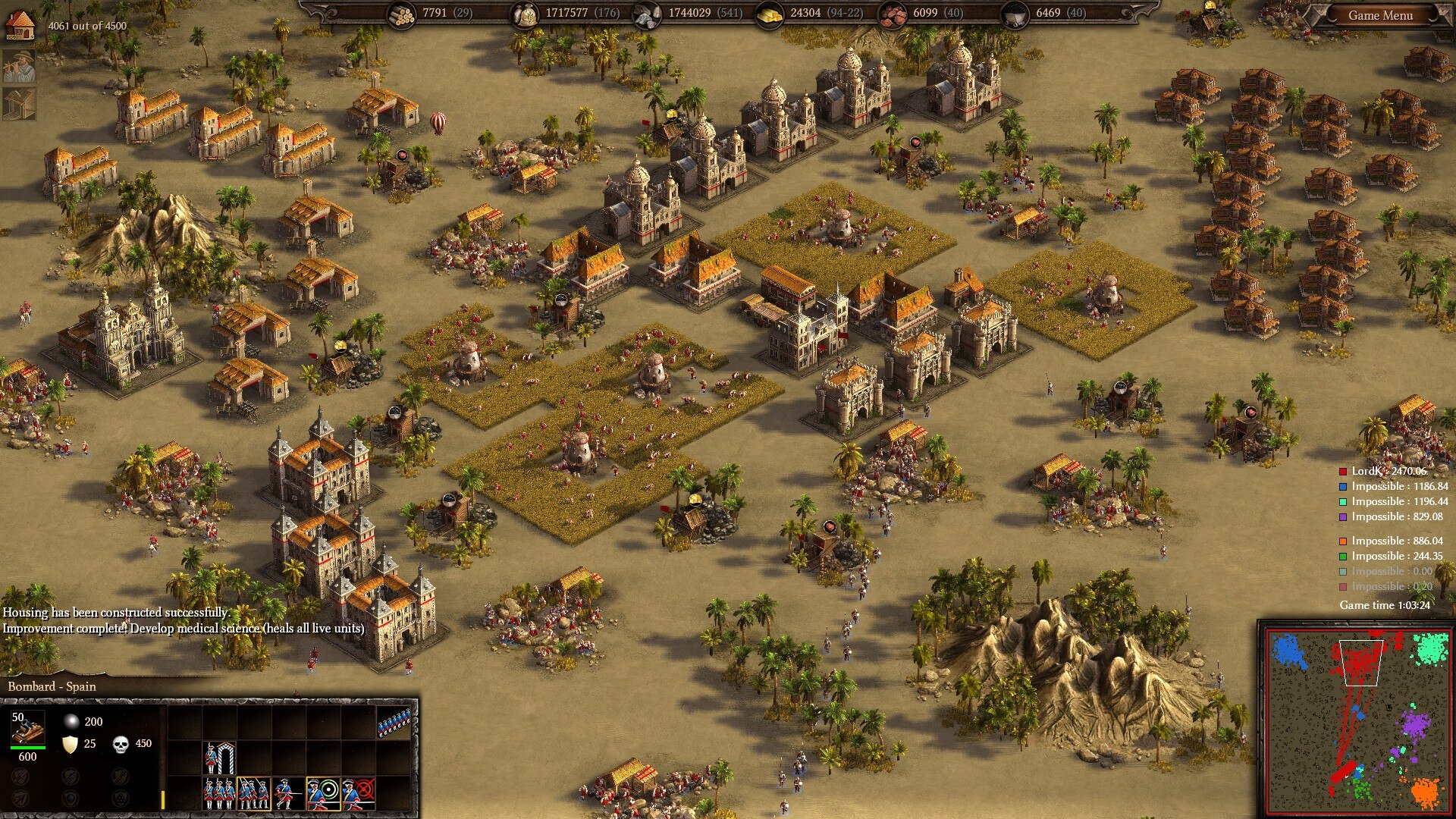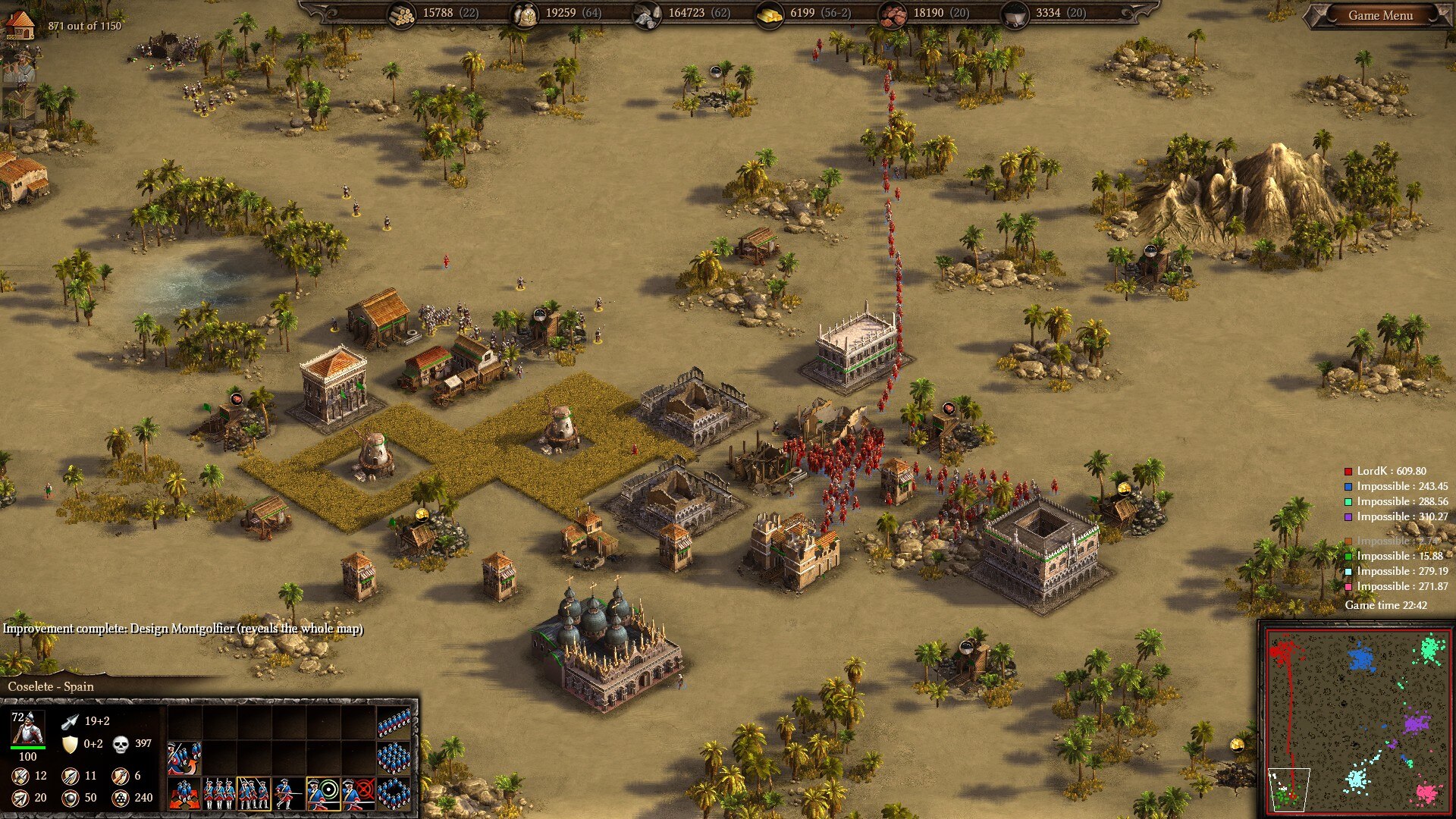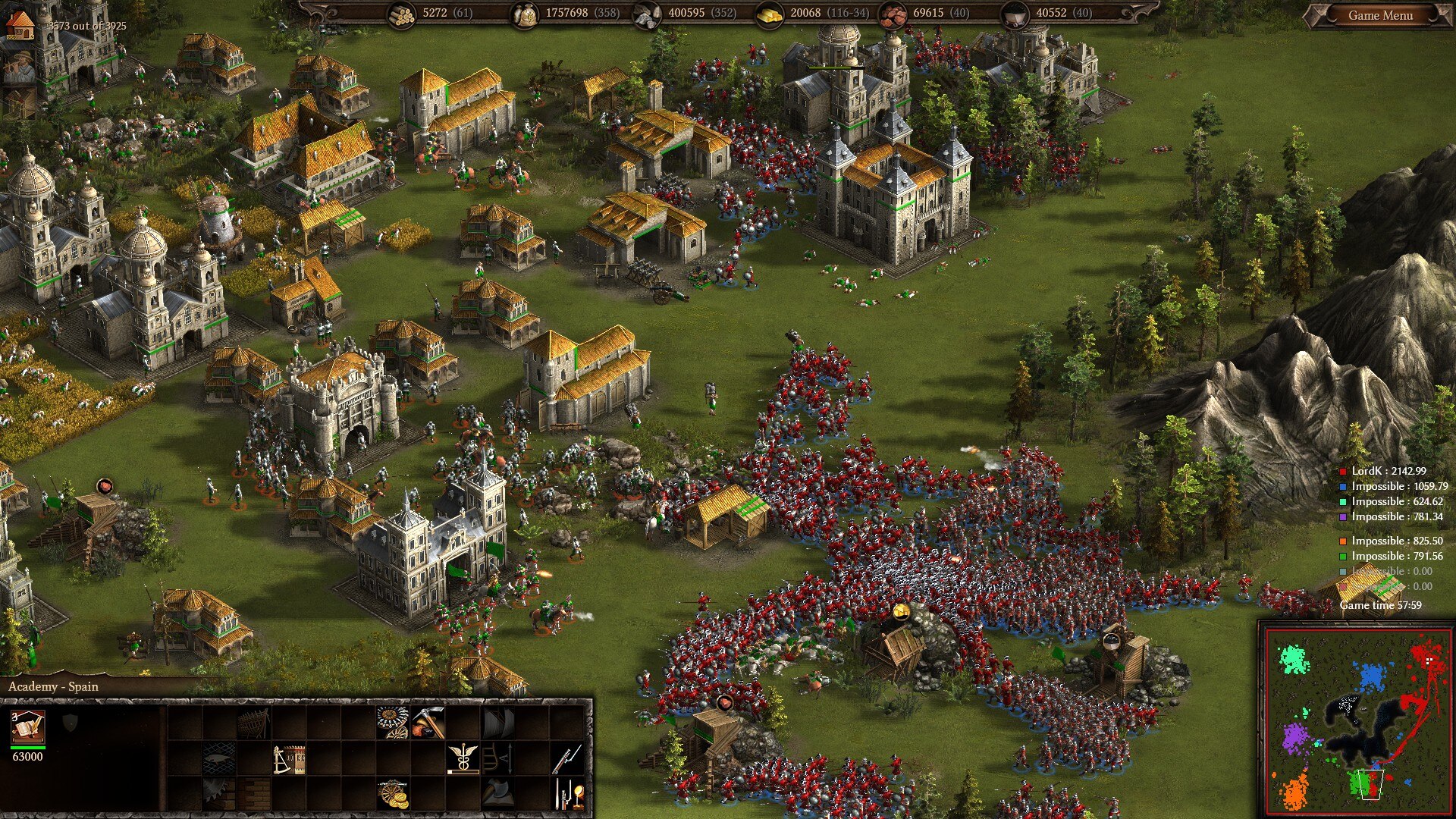Here’s some cool stuff about Spain in a game called Cossacks 3. Spain has special bonuses and unique units that make them unique. They also have a unique way of playing the game.
Introduction

The well-known Cross of Burgundy flag showcases a red St. Andrew’s cross with a jagged appearance, set against a white background. Initially used by the dukes of Burgundy, this flag was introduced to Spain by the Habsburgs in 1506 and has since been widely adopted as a symbol of the kingdom.
- Availability: Base game
- Focus: Early/Balanced, Rush, Elite 17th-century infantry
- Playstyle: European
Spain is a well-balanced nation that boasts an above-average performance in the early stages of the game, with a strong emphasis on its elite, well-armored infantry from the 17th century. Both the Coselete and the Spanish Musketeer stand out as some of the most powerful units in their respective categories, but their slow training times serve as a limiting factor. Nevertheless, their presence makes Spain a favorable choice for players interested in initiating early aggressive tactics while maintaining a competitive army even into the 18th century.
If you have a preference for robust armored infantry, prioritize quality over quantity, or seek a versatile faction that excels in the early game without compromising its potential in the later stages, Spain could be an excellent nation for your strategic endeavors.
Features
- Coselete: These are elite pikemen who excel in early combat and can also absorb enemy bullets effectively.
- 18th Century Musketeer: You’ll have access to this unit, which is crucial in the late game.
- Balloon for Map Revealing: Spain has a balloon that can help reveal the map, providing valuable information.
- Spanish Musketeer: While individually strong, these musketeers take longer to train.
- Academy Costs: Spanish Academies cost slightly more wood but slightly less stone. This can be seen as both an advantage and a disadvantage, but it’s not a significant change, so it won’t greatly impact your playstyle.
Spain’s tech tree, buildings, and units are mostly standard for a European nation, with the primary distinction lying in its 17th-century infantry. The difference in Academy costs is a minor consideration, and overall, Spain is an easy nation to pick up and play, making it accessible for players.
Gameplay

Please note: This information assumes you’re not using capture rules, which means you can only use Spanish units and buildings. Capturing can be fun but can change the unique characteristics of factions and promote a more defensive playstyle, which is why many online matches avoid it.
Early Game (Early 17th Century):
Spain has an above-average early game, especially in games with little or no peacetime, where you can benefit from their high-quality 17th-century infantry. Be cautious of stronger rushing nations like Poland and the Islamics, but against all other opponents, you should have a significant advantage. Use this advantage to pressure your enemies, and if possible, try to destroy or weaken their bases.
In addition to this, Spain’s early game strategy is quite similar to other European nations, and they follow standard opening tactics. In games with no peacetime, you’ll want to deploy Coseletes to take advantage of their strength in the early game. If there’s a 15-minute or longer peacetime, consider using Spain’s elite Musketeers for your strategy.

The tough, well-armored force keeps on moving: Coseletes and hired soldiers swiftly attack the second enemy base during the game. Please note that the AI isn’t very skilled at cooperating, so this tactic might be much more challenging against experienced players.
Mid Game (Late 17th/Early 18th Century):
In the mid-game, around the late 17th to early 18th century, Spain continues to perform above average. In games with 15 minutes or more of peacetime, your unique Musketeers will give you a notable advantage over most other nations, if not a decisive one, at least a small edge. If you’re in a larger game and have a choice of targets, consider prioritizing nations with a stronger late game, like Bavaria or Prussia. Eliminating them before they become too powerful can significantly enhance your chances if the game drags on.
At this stage, your army should consist of your preferred infantry (depending on the length of the peacetime), mercenaries, your initial artillery units, and the cavalry of your choice. Combining Coseletes with Dragoons or Musketeers with melee cavalry will ensure your army has ample firepower while maintaining a robust defense against enemy bullets. However, be cautious about clustering your slow-training infantry together, as well-placed cannonballs could wipe out a substantial portion of your forces.

The fiery, formidable Spanish army charges into the enemy’s town during the late game, like a red ball of death. Fortunately, there aren’t many cannons around, but my troops are quite tightly packed!
Late Game (Late 18th Century):
By the late 18th century, most nations are fielding formidable gunpowder armies. Spain’s performance is pretty average at this stage, but average in Cossacks is still good, and it’s notably better than what many stronger rushing nations can achieve in the late game. Now is the time to turn the tables on factions like Poland and Scotland, which may have posed threats earlier, and see how they handle a taste of their own medicine.
Your army during this period will consist of the usual mix of 18th Century Musketeers, combined with artillery, your chosen cavalry units, and the 17th-century infantry you selected earlier. The Coselete is excellent as a bullet sponge since Spain doesn’t need as many of them to create a robust screen for its army, allowing more room for additional 18th Century Musketeers and cavalry. The Spanish Musketeer is a bit more challenging to utilize, but they are nearly as resilient as the Coselete and deal considerably more damage. However, their lack of a melee attack could be problematic if they are engaged by enemy melee troops.
That's everything we are sharing today for this Cossacks 3 guide. This guide was originally created and written by PirateMike. In case we fail to update this guide, you can find the latest update by following this link.